Pimento allspice, also known as allspice or Jamaican pepper, is the dried unripe berry of the Pimenta dioica tree native to the Caribbean and Central America. Despite its name, it's not related to other spices but gets its "allspice" moniker from its unique flavor profile that combines cinnamon, nutmeg, and cloves. This comprehensive guide covers everything you need to know about pimento allspice—from its origins and health benefits to culinary uses and expert buying tips.
Table of Contents
- What Is Pimento Allspice?
- Flavor Profile: What Does It Taste Like?
- Global Culinary Applications
- Science-Backed Health Benefits
- Expert Buying Guide: Quality & Authenticity
- Proper Storage for Maximum Freshness
- Proven Recipes & Cooking Techniques
- Critical Mistakes to Avoid
- Expert-Quality FAQ
- Why Every Kitchen Needs Pimento Allspice
What Is Pimento Allspice?
Pimento allspice (Pimenta dioica) is the dried unripe fruit of a tropical evergreen tree. Despite its name, it's botanically unrelated to black pepper or other common spices. The term "allspice" originates from its complex flavor profile that simultaneously resembles cinnamon, nutmeg, and cloves. Jamaican-grown pimento allspice is particularly prized for its high essential oil content and superior flavor complexity.
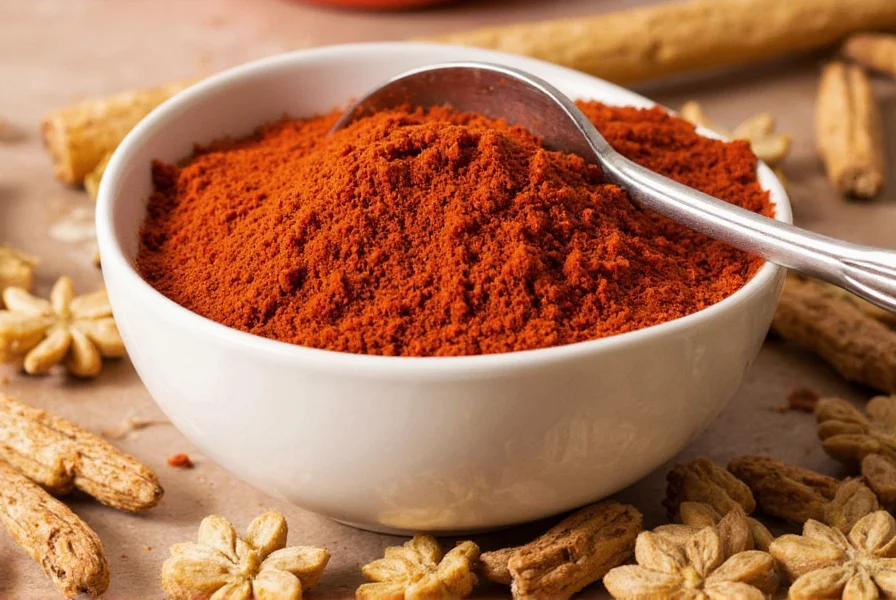
Flavor Profile: What Does It Taste Like?
Pimento allspice delivers a warm, aromatic balance of sweet and spicy notes. Its flavor combines cinnamon's sweetness, nutmeg's earthiness, and cloves' pungency with subtle citrus undertones. This versatility makes it a bridge between sweet and savory dishes.
| Form | Flavor Intensity | Best Use Case |
|---|---|---|
| Whole Berries | Mild to Medium | Slow-cooked dishes, pickling, mulled drinks |
| Ground Allspice | Medium to Strong | Baking, marinades, spice rubs |
Global Culinary Applications
Pimento allspice has become a global culinary staple beyond its Caribbean origins:
- Jamaican Jerk Seasoning: The essential backbone of authentic jerk seasoning, providing smoky depth to grilled meats and vegetables.
- Middle Eastern Cuisine: Used in kibbeh, stews, and rice dishes for complex warmth without heat.
- European Holiday Baking: A key ingredient in gingerbread, speculoos, and spiced cakes during festive seasons.
- Mexican Mole Sauces: Adds hidden layers of complexity to traditional mole recipes.
- British Pickling: Essential for traditional pickled onions and cucumbers.
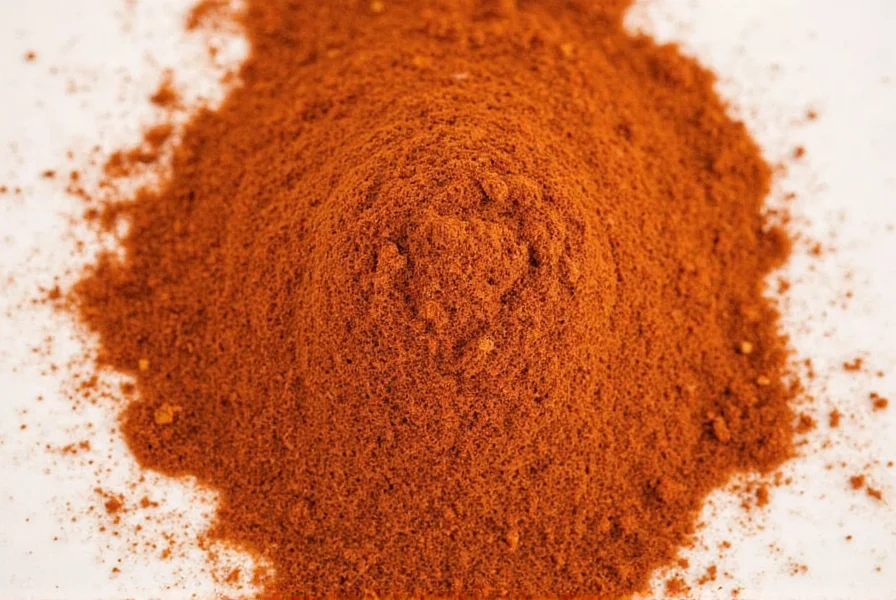
Science-Backed Health Benefits
Research shows pimento allspice offers multiple evidence-based health benefits:
- Antioxidant Powerhouse: Contains high levels of polyphenols (including eugenol) that combat oxidative stress and support cellular health.
- Digestive Support: Clinical studies confirm its ability to reduce bloating and improve digestion when consumed in moderation.
- Anti-inflammatory Properties: Research published in the Journal of Medicinal Food demonstrates its effectiveness in reducing inflammation markers.
- Natural Preservative: Its antimicrobial properties make it a traditional food preservative in tropical regions.
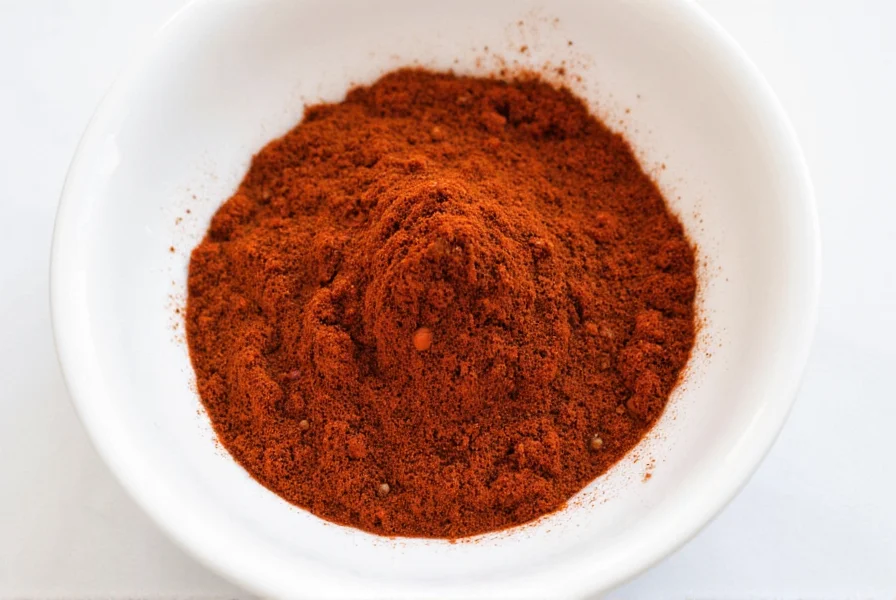
Expert Buying Guide: Quality & Authenticity
Not all pimento allspice meets culinary standards. Follow these expert criteria:
1. Origin Matters Most
Jamaican-grown pimento allspice (especially from the Blue Mountains) is considered premium due to volcanic soil conditions that maximize essential oil content. Mexican and Central American varieties are also high quality but may have slightly different flavor profiles.
2. Whole vs. Ground
- Whole Berries: Retain 40% more volatile oils than ground spice. Ideal for slow-cooked dishes where they can infuse flavor gradually.
- Ground Allspice: Best for baking and rubs where immediate flavor release is needed. Look for freshly ground products with minimal oxidation.
3. Quality Indicators
- Whole berries should be firm, dark brown, and have a strong spicy-sweet aroma when crushed.
- Ground allspice should have a vibrant color (not dull or grayish) and release fragrance immediately upon opening.
| Brand | Type | Key Features | Best For | Quality Certification |
|---|---|---|---|---|
| Spice Hunter Organic Allspice | Ground | USDA Organic, non-GMO, glass jar packaging | Baking and everyday cooking | USDA Organic, Fair Trade |
| Fresh Origins Whole Allspice | Whole Berries | Direct trade from Jamaican farms, sustainable sourcing | Marinades, pickles, mulled wines | Fair Trade Certified, Non-GMO Project |
| Badia Allspice | Ground | Cost-effective, resealable pouch | Weeknight savory dishes | Standard quality |
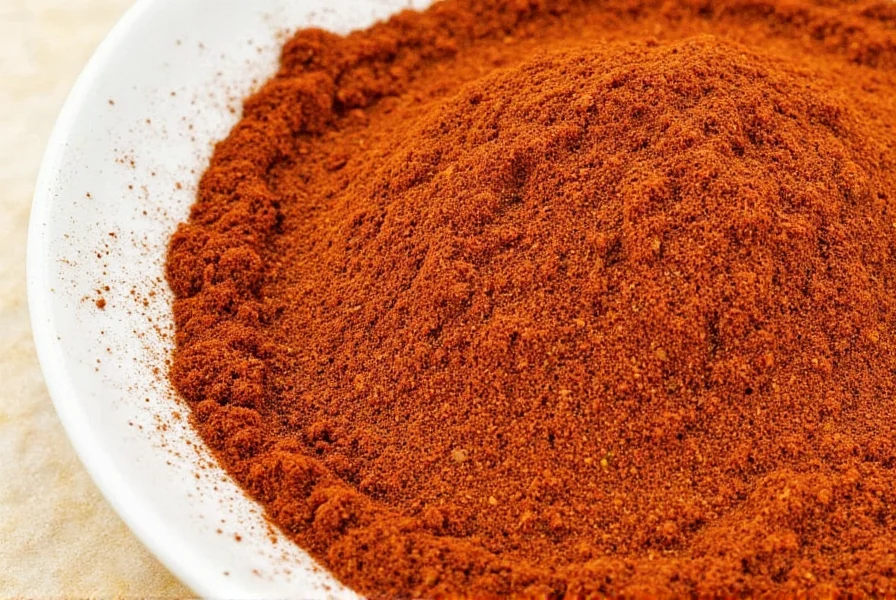
Proper Storage for Maximum Freshness
Proper storage preserves volatile oils and extends shelf life:
- Optimal Container: Use airtight glass jars with tight-fitting lids (plastic containers allow aroma escape).
- Temperature Control: Store in a cool, dark place away from heat sources (not above the stove).
- Shelf Life: Whole berries maintain peak quality for 3-4 years; ground allspice loses potency after 18-24 months.
- Testing Freshness: Crush a berry between your fingers—fresh allspice releases a strong, sweet-spicy aroma immediately.
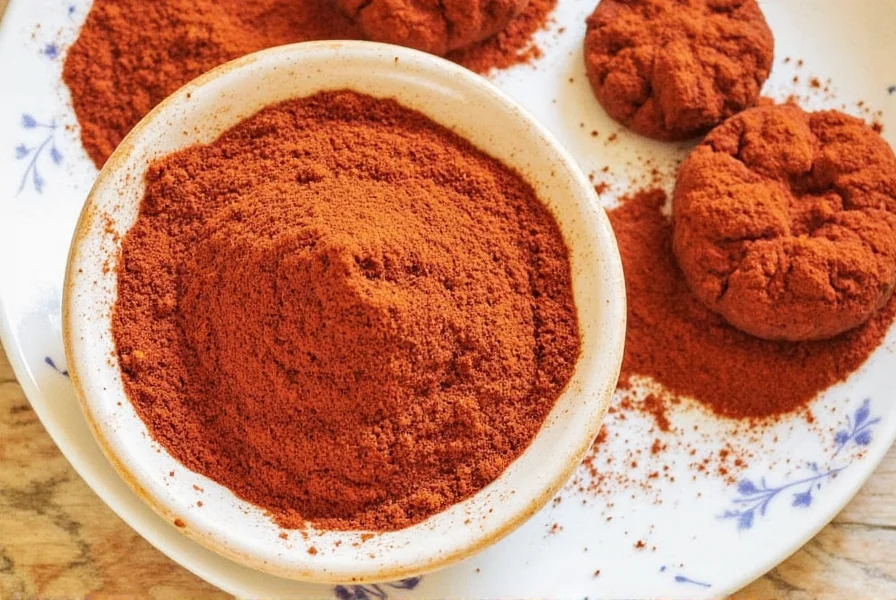
Proven Recipes & Cooking Techniques
Maximize flavor with these chef-tested methods:
- Spiced Apple Cider: Simmer 4-5 whole berries with cinnamon sticks and orange peel for 15 minutes to release maximum flavor.
- Authentic Jerk Chicken: Blend 1 tbsp ground allspice with fresh thyme, scotch bonnet peppers, garlic, and soy sauce for a balanced marinade.
- Pumpkin Spice Alternative: Replace pumpkin pie spice with 1 part allspice, 1 part cinnamon, and 1/2 part nutmeg for deeper flavor complexity.
- Caribbean Rice Pilaf: Toast 2-3 whole berries in oil before adding rice for aromatic depth.
- Spiced Roast Vegetables: Toss root vegetables with olive oil, 1 tsp ground allspice, and honey before roasting.
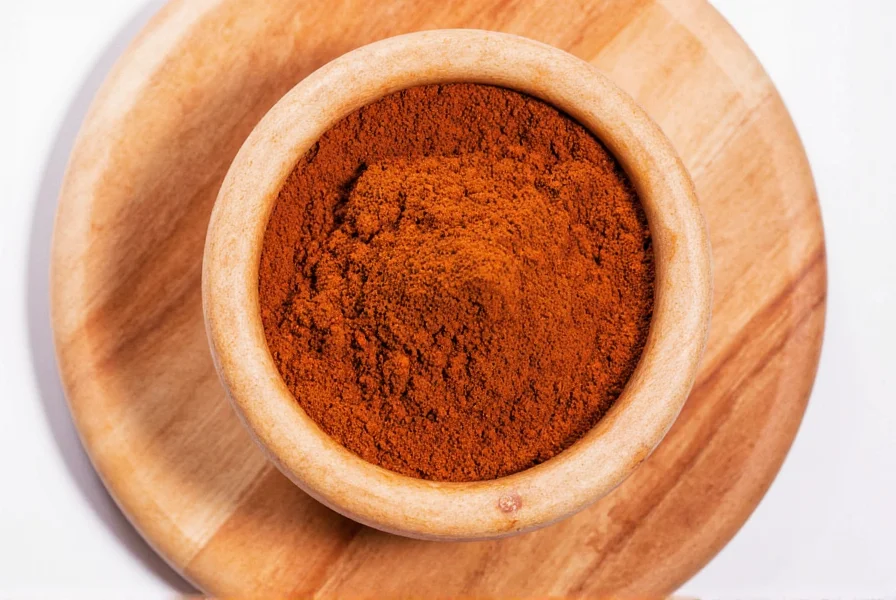
Critical Mistakes to Avoid
Even experienced cooks make these allspice errors:
- Overusing: Start with 1/4 tsp per pound of food—its potency increases during cooking.
- Substituting incorrectly: While cinnamon-nutmeg-clove mixtures can approximate flavor, they lack allspice's unique balance.
- Ignoring freshness: Old allspice loses aromatic compounds—replace ground spice every 18 months.
- Using low-quality sources: Cheap allspice often contains fillers or lacks essential oils for proper flavor development.
Expert-Quality FAQ
What is the difference between pimento allspice and regular allspice?
There is no difference—"pimento allspice" is simply the botanical name for what most call "allspice." The term "pimento" refers to the Spanish word for pepper ("pimienta"), and "allspice" describes its flavor profile. It's the dried unripe berry of the Pimenta dioica tree.
Is pimento allspice actually spicy like black pepper?
No, despite the "pepper" reference in its name, pimento allspice contains no capsaicin and produces no heat. Its "spicy" character comes from aromatic compounds like eugenol, which creates warm, pungent notes without actual spiciness. The name originated from its historical use as a pepper substitute in Europe.
Can I substitute pimento allspice with other spices?
While you can approximate its flavor with equal parts cinnamon, nutmeg, and cloves, this combination lacks allspice's unique chemical balance. For Caribbean dishes where authenticity matters, genuine allspice is irreplaceable. In baking, the substitute works reasonably well but produces a different flavor profile.
Why is Jamaican pimento allspice considered superior?
Jamaican-grown allspice has higher essential oil content (3-4% versus 1-2% in other regions) due to volcanic soil conditions and tropical climate. This creates more complex flavor compounds and better aroma retention. Jamaican allspice also has Protected Geographical Indication status in the EU, confirming its unique terroir.
How can I tell if my pimento allspice is fresh?
Crush a whole berry between your fingers—fresh allspice releases an immediate, strong sweet-spicy aroma. Ground allspice should have vibrant color (not dull gray) and a potent fragrance when opened. If it smells faint or musty, it's lost potency and should be replaced.
Can I use pimento allspice in sweet AND savory dishes?
Absolutely. This is one of allspice's greatest strengths. It enhances sweet applications like pies, cakes, and spiced cider while adding complexity to savory dishes like jerk seasoning, stews, and meat rubs. Its balanced flavor profile bridges sweet and savory cooking seamlessly.
Why Every Kitchen Needs Pimento Allspice
Pimento allspice is far more than a Caribbean specialty—it's a globally versatile spice with unmatched flavor complexity. Whether you're making holiday baked goods, authentic jerk chicken, or simple spiced cider, this spice delivers professional-level depth with minimal effort. By selecting high-quality Jamaican sources, storing properly, and avoiding common mistakes, you'll unlock its full potential in every dish. Keep a reliable supply in your pantry to transform ordinary meals into extraordinary culinary experiences.

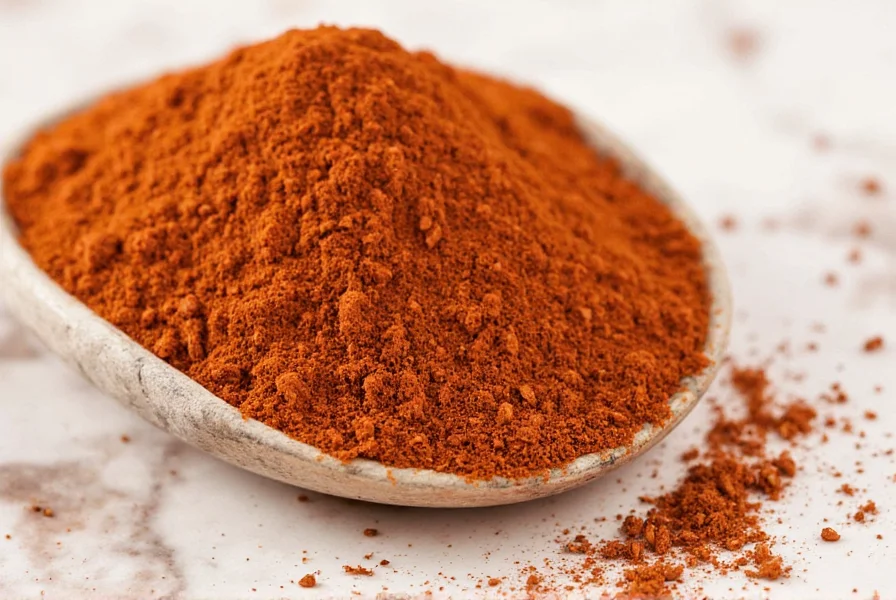









 浙公网安备
33010002000092号
浙公网安备
33010002000092号 浙B2-20120091-4
浙B2-20120091-4